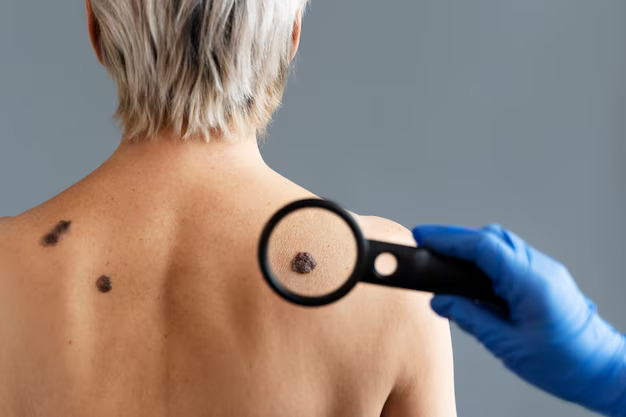Mole and Wart Removal
Before diving into removal techniques, let’s understand what moles and warts are. Moles are growths on the skin that are usually brown or black, and they can appear anywhere on the body. They’re typically harmless but can sometimes be bothersome or aesthetically unpleasing.
Warts, on the other hand, are small growths that develop on the skin caused by a viral infection. They can appear on any part of the body but are most common on the hands and feet. Warts can be unsightly and, depending on their location, may cause discomfort or pain.

Mole Removal Techniques
- Surgical Excision: This method involves cutting out the mole and stitching the skin back together. It’s typically used for larger moles or those suspected of being cancerous. While effective, it may leave a scar.
- Shave Excision: A razor-like tool is used to shave off the mole, leaving the skin smooth. This technique is suitable for raised moles and usually doesn’t require stitches.
- Laser Removal: Laser technology is utilized to break down the pigment in the mole, causing it to fade away. This method is often preferred for smaller moles and generally results in minimal scarring.
Wart Removal Techniques
- Over-the-Counter Treatments: There are various over-the-counter creams, gels, and solutions available that can help dissolve warts over time. These treatments usually contain salicylic acid and are applied directly to the wart.
- Cryotherapy: This involves freezing the wart off using liquid nitrogen. The freezing causes the wart to blister and eventually fall off. Multiple treatments may be necessary for complete removal.
- Surgical Removal: For stubborn or large warts, surgical removal may be necessary. This involves cutting the wart out of the skin under local anesthesia.

